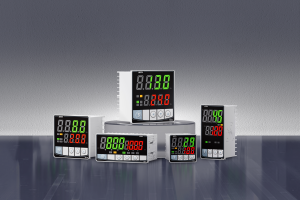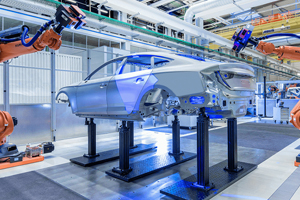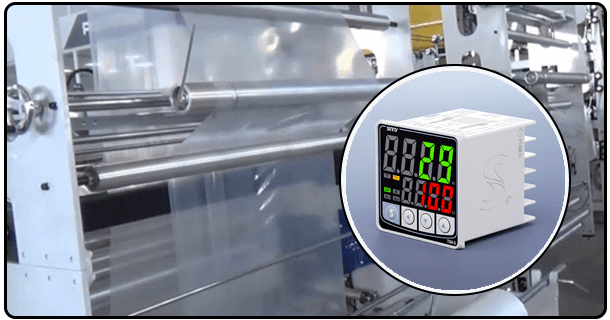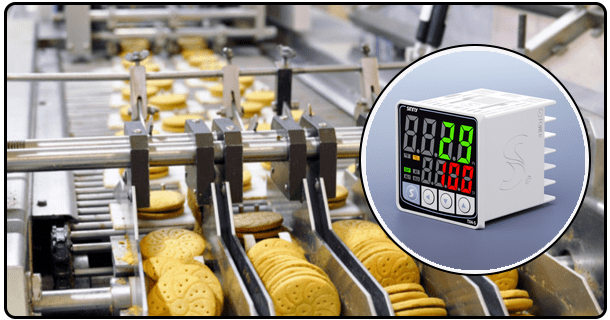PID temperature controllers: A guide to precision and efficiency
Learn about the benefits and uses of PID temperature controllers. Find out how PID temperature controllers provide accurate and stable temperatures across industries.
1. The following is a brief introduction to the topic:
The control of temperature is essential in industrial and everyday life. Temperature regulation can be used to ensure safe, efficient processes in manufacturing or maintain comfort within air-conditioned areas. PID (Proportional-Integral-Derivative) controllers have emerged as the gold standard in temperature management due to their unparalleled accuracy and stability. The article explores the benefits of PIDs and how they are used in temperature control.
2. What is PID controller?
The PID controller is an innovative mechanism that allows for precise control over dynamic systems. Contrary to simpler controllers which operate using binary logic (e.g. on/off), the PID controllers continuously adjust the control signals based on 3 components.
Proportional : Responds to current error in the measurement between the setpoint value and the measured values.
Integral : Corrects bias and accumulates errors.
Derived: It predicts the future and can counter sudden changes.
The three components are designed to work together in order to provide accurate, smooth and stable temperature control, even when the environment is complex.
3. PID controllers: How they Work
A PID controller's core is its feedback loop. This system's heart is an actual temperature sensor. The sensor compares this value to the setpoint and generates an error. This error is processed by the PID controller through its integral, proportional and derivative algorithms. The control output produced adjusts a system actuator, such as a fan or heater.
This is the mathematical formula for PID control: $$u (t) = K_p + et + KiK_i + K_d + fracdet(t),dt$$$ Here KpK_p represents the gains at times tt, tt, and tt, respectively.
Engineers can tune these parameters to optimize the response of a system under different conditions. They minimize overshoots and oscillations, while maintaining performance.
4. Different types of temperature controllers
The temperature controllers are classified in several different categories.
On/Off Controls Simple controllers that turn the actuators on and off depending on temperature.
Proportional Controls: A control output that is proportional to an error signal.
PID controllers combine proportional, integral and derivative control to provide superior performance.
PIDs, among these controllers, are the most versatile and sophisticated, providing precise control in a wide range of applications.
5. PID Temperature Controls: Applications
The PID controllers are used in many different fields:
Industrial Processing: Maintaining consistent temperatures within furnaces, extruders and reactors.
HVAC System: Controlling air conditioning and heat in commercial and residential spaces.
Medical equipment: Stabilizing temperature in incubators and sterilizers.
3D printers: Controlling temperature of extruders and building plates for optimal print quality.
The examples above demonstrate the importance of PID controls in today's technology.
6. The benefits of using PID temperature controllers
The PID temperature controller has several advantages over the other methods of controlling temperatures.
Precision : Keep target temperature with minimum deviation.
Stability : Avoid overshooting or oscillations to ensure consistent performance.
Adaptability. Adapt to changing conditions such as changes in load, or the environment.
Energy Efficiency Reduce energy consumption by minimising unnecessary actuator activities.
PID controllers are preferred in applications that require high accuracy and reliability.
7. The challenges of PID implementation
Implementing PID controllers is not without its challenges, however.
Tuning parameters: To determine the optimal gains for KpK_p and KiK_i or KdK_d, careful experimentation is required, as are algorithms like Ziegler-Nichols.
Noise from Sensor: Disturbances or incorrect measurements may disrupt the feedback loop. Filters or smoothing methods are needed.
Changes in the Environment: Depending on changes in ambient temperatures or load, it may be necessary to adjust control strategies.
Engineers can unleash the potential of PID controllers by addressing these issues.
8. The Future of PID Temperature Regulation
With the advancement of technology, PID controls are set to become a key component in new fields.
IoT integration Smart temperature controllers that are connected to the Internet of Things allow remote monitoring and controlling.
Advanced microcontrollers: Improved hardware capabilities and software allow faster, more precise PID calculations.
Sustainable Applications PID controllers are a great way to increase energy efficiency and reduce environmental impact in renewable energy systems.
The increasing importance of PID temperature controllers is highlighted by these advancements.
9. The conclusion of the article is:
PID controllers, in summary, are the cornerstone of today's temperature control systems. They are indispensable to industries from healthcare to manufacturing because they provide precise and stable control. Professionals and enthusiasts can create more intelligent and reliable systems by understanding the operation of these devices, their benefits and their challenges.
- What does PID temperature controller mean? | A Comprehensive Guide
- Temperature Controller Using Microcontroller PID: A Comprehensive Guide























